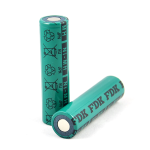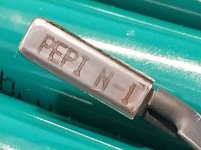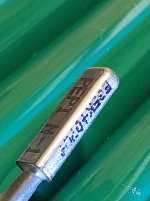ichiban
100 W
A friend of mine has a few hundred of salvaged 18650-format of Nickel Metal Hydride cells (I guess - never saw this size before). He asked me how can he re-use them ?
I measured each cell of 1.3xx V. and the whole 10S1P pack is 13.xx V. I heard that they were from old medical equipment as a back-up power. They are still in good shape and I doubt they have been through 50-100 cycles usages max. With 4500mAh markings on the wrap, that means 4.5Ah * 1.3V = 5.85Wh which is low. About half of our generic Li-Ion cells at best. So e-bike batt might not be appropriate since their power density are very low, ending up in very large pack and heavy.
What should one re-purpose them into ?
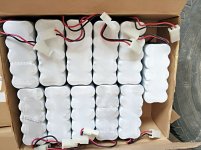

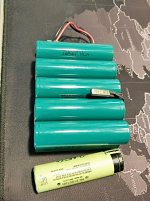
See the 18650 Li-Ion cell I place next to the 10S pack above.

I measured each cell of 1.3xx V. and the whole 10S1P pack is 13.xx V. I heard that they were from old medical equipment as a back-up power. They are still in good shape and I doubt they have been through 50-100 cycles usages max. With 4500mAh markings on the wrap, that means 4.5Ah * 1.3V = 5.85Wh which is low. About half of our generic Li-Ion cells at best. So e-bike batt might not be appropriate since their power density are very low, ending up in very large pack and heavy.
What should one re-purpose them into ?



See the 18650 Li-Ion cell I place next to the 10S pack above.



